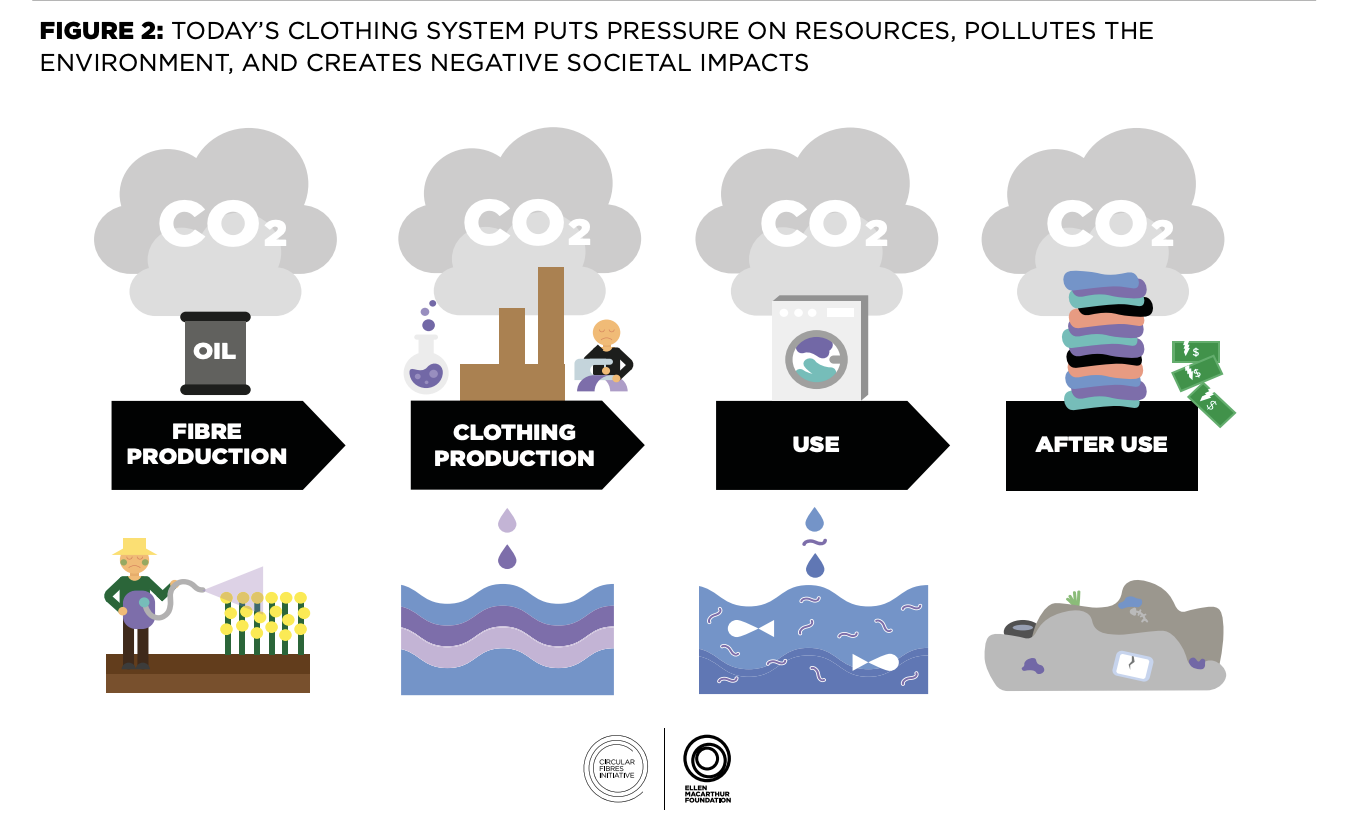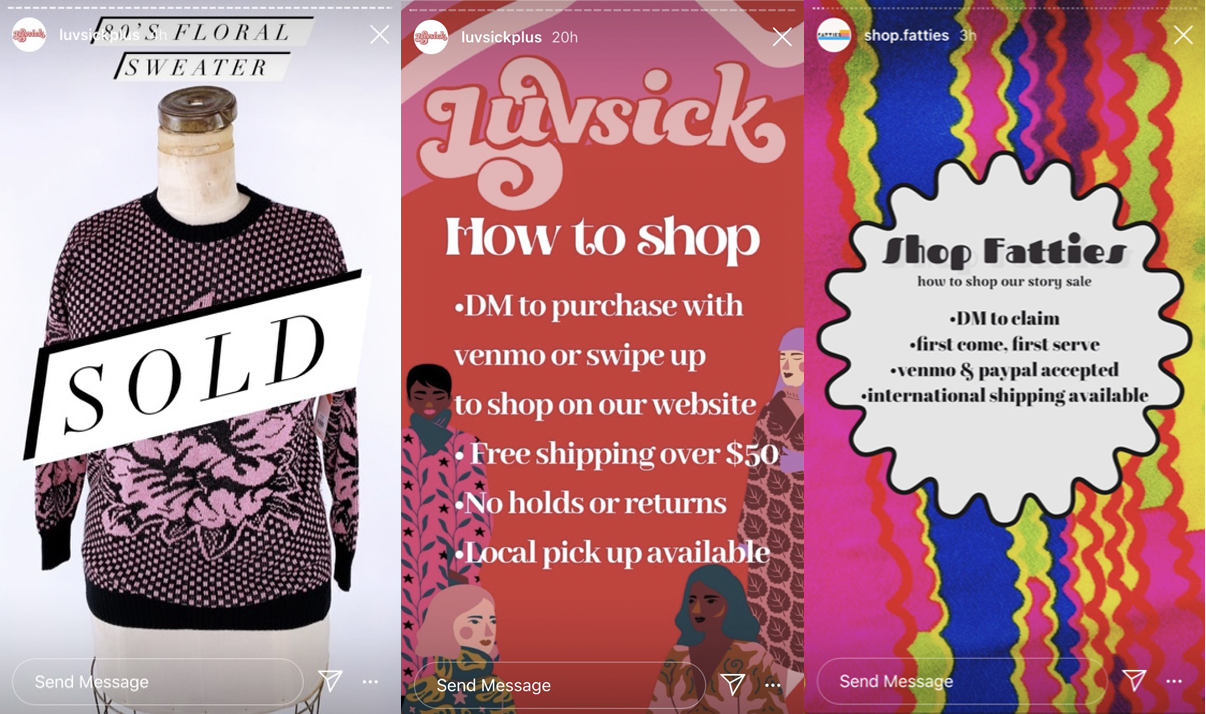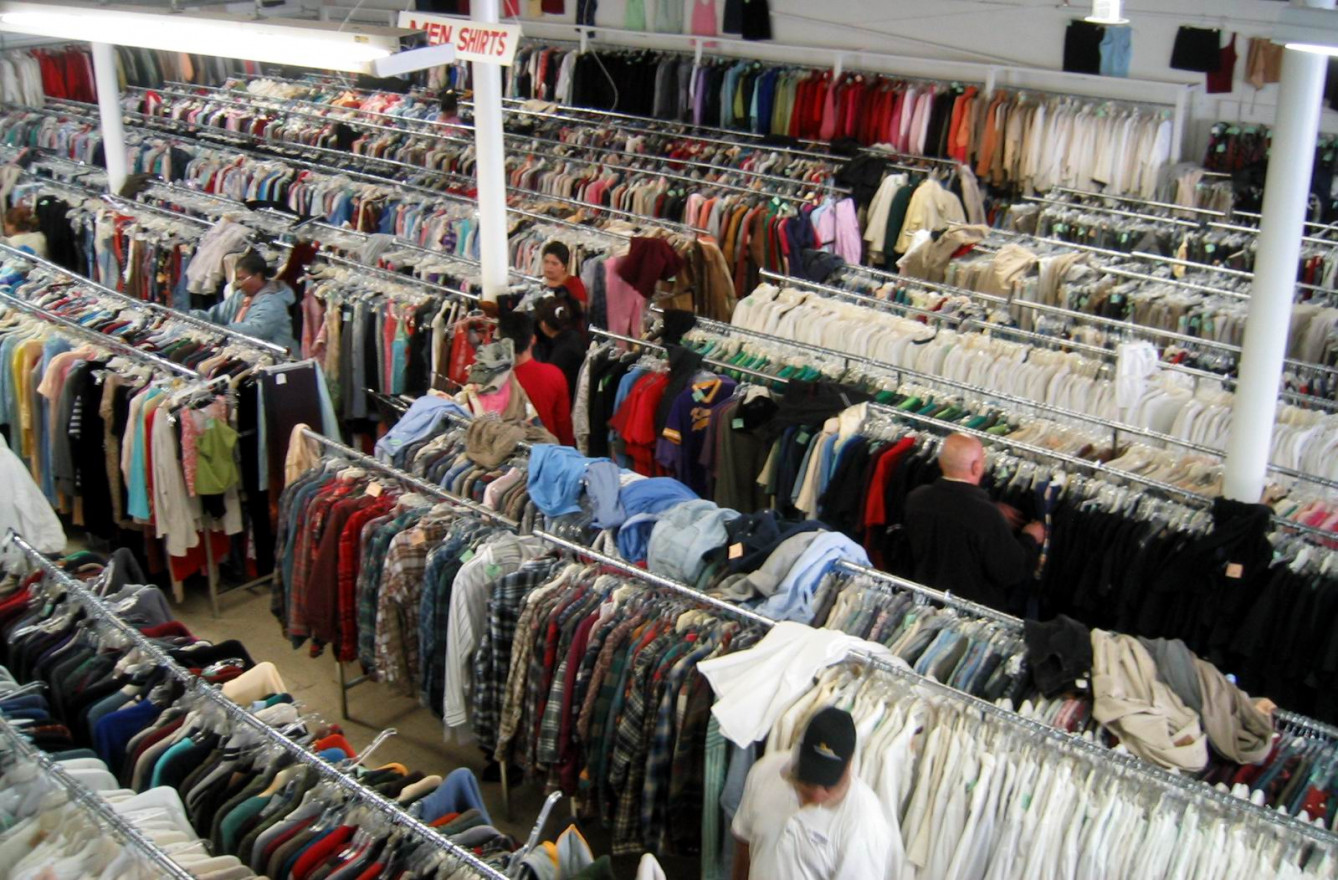For sustainability-minded plus size women, online thrifting is good but not good enough
I still remember when Forever 21 started carrying plus size clothing in their stores. I was 14 or 15 and I was excited about the premise of going to the mall and being able to walk out with more than a necklace that would turn my skin green. I could stroll through the adolescent mecca that all my friends were shopping at and actually…buy…clothing! Despite the fact that 67% of U.S. women are a size 14 or above, the concept seemed revolutionary. In the last decade or so, the fast fashion industry has become more size-inclusive, however many plus size women are starting to ask: What if we want to find clothing that fits without destroying the environment?
I’d like to add that most plus size sustainable fashion is quite literally earth tone linen sacks, and not in a chic way https://t.co/t8LmVoOH03
— ?????? ??? (@lek_9677) September 13, 2020
It’s no secret that apparel waste, fast fashion, and climate change are linked. Research from the Ellen MacArthur Foundation showed that the average consumer bought 60% more clothes in 2014 than in 2000, but kept each garment for half as long. The World Resources Institute estimates that it takes about 2700 liters (approximately 713 gallons) of water — nearly 9 bathtubs’ worth — to produce just one cotton shirt. In case it wasn’t concerning enough, the fashion industry is already responsible for 8% to 10% of annual global carbon emissions, according to the UN Environment Programme.

Clearly, the adopted solution needs to be one that everyone can participate in. For plus size women, online thrift and vintage stores are innovative options. This trend operates heavily through Instagram, where accounts like @luvsickplus and @shop.fatties run “story sales” and post secondhand and vintage finds, asking followers to “swipe up” to purchase. One key advantage is that plus size women can take control of sales and market clothing they know others might actually like because they’ve selected the stock themselves. Online thrifting isn’t plus specific, but plus size women are slowly starting to embrace it as an affordable option.

Online thrift platforms like Depop and ThredUp, have also begun to accommodate plus size thrifting. These sites use a more formal approach where users can purchase from “shops” or pick from stock like any other online store. There are also filtering tools for searching these sites, which makes it easier to shop the size inclusive brands we know and trust. The long term possibilities are promising, economically speaking. By 2021, the online secondhand shopping sector is set to grow by 69% according to ThredUp’s 2020 Resale Report.
Still, the online thrift and vintage option is imperfect. It can be challenging to find the right size or pay an affordable price. The clothing isn’t always on trend. Mainstream fashion hasn’t included plus size women for very long, so there hasn’t been much time for a large stock of secondhand plus clothing to develop. I fall at the beginning of the plus range and still find it difficult.
However, I would be remiss if I didn’t acknowledge that this development has its strengths. Online thrift and vintage shopping are solutions that when they work, seem to work pretty well. The trend could definitely make sustainable fashion more accessible to plus size women.
Alternatively, so would normalizing the production of sustainable clothing in extended sizes. The growth potential for online thrifting is exciting, but in the same breath we must ask: Why are women encountering this issue in the first place? As long as sustainable brands won’t provide for all women, some are going to continue to default to fast fashion even if they’d rather not. Most people want to do their part, ideally without a crisis over whether or not they can squeeze into tighter pants for the sake of the environment.

























